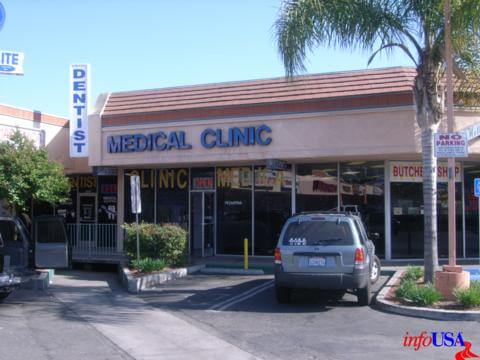Use of retail medical clinics located in pharmacies and other retail settings increased 10-fold between 2007 and 2009, according to a new RAND Corporation study.
The determining factors in choosing a retail medical clinic over a physician’s office were found to be age, health status, income and proximity to the clinic. No link between availability of a primary care physician and retail clinic use was found.
The study was published in the American Journal of Managed Care.
The RAND team used data from a commercially-insured population of 13.3 million to describe trends in retail clinic usage. Of that number, 3.8 million enrollees made at least one clinic visit between 2007 and 2009.
During the study period, the rate of utilization increased from a monthly tally of 0.6 visits per 1,000 enrollees in January 2007, to 6.5 visits per 1,000 enrollees in December 2009.
The strongest predictor of retail clinic use was proximity. Other key predictors are gender (females were more likely to visit clinics than males), age (retail clinic patients tended to be between the ages of 18 and 44; those over 65 were excluded from the study), higher income (those from zip codes with median incomes of more than $59,000 were more likely to use retail clinics than lower income groups), and good health (those with a chronic health complaint were less likely to use retail clinics).
“We identified 11 simple acute conditions that can be easily managed at a retail clinic,” said J. Scott Ashwood, the study’s lead author. “These conditions, which include upper respiratory infection, bronchitis, ear infection, flu, and conjunctivitis, were the most common seen at retail clinics.”
The researchers found no correlation between retail clinic use and the number of primary care physicians in the community.
“It appears that those with a higher income place more value on their time, and will use clinics for convenience if they have a simple health issue such as a sore throat or earache,” said Dr. Ateev Mehrotra, the study’s senior author and an investigator at RAND and the University of Pittsburgh.
How this trend will affect the rising cost of health care is unclear? Care initiated at retail clinics is 30 percent to 40 percent less expensive than similar care provided at a physician office, and 80 percent less expensive than such care provided in an emergency room.
“If the growth in retail clinic visits that we noted represents substitution for other sources of care, then the increase in retail clinic use could lead to lower costs,” Ashwood said. “However, if these visits represent new utilization or induced demand — in other words, patents are seeking care when they would have otherwise stayed home — then costs could increase. Answering these questions requires additional study.”
Support for the study was provided by the Robert Wood Johnson Foundation. Others authors of the study are Rachel O. Reid of the University of Pittsburgh School of Medicine, Claude M. Setodji of RAND, Martin Gaynor of Carnegie of Mellon University and Ellerie Weber of the University of Pittsburgh and Carnegie Mellon University.
RAND Health, a division of the RAND Corporation, is the nation’s largest independent health policy research program, with a broad research portfolio that focuses on health care costs, quality and public health preparedness, among other topics.


